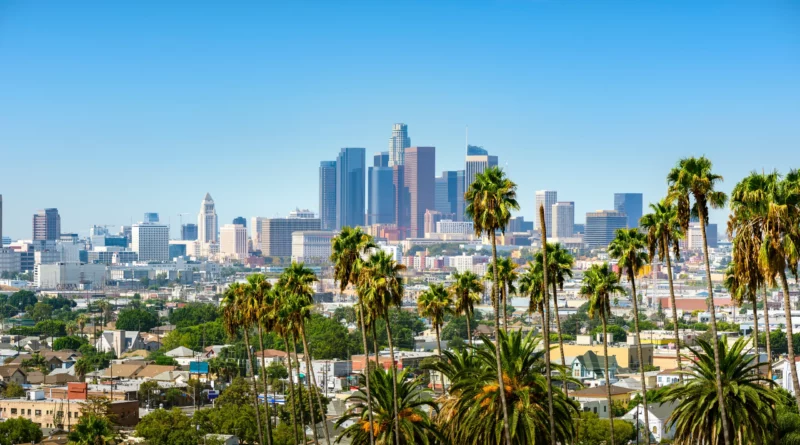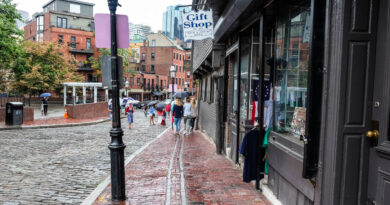History Of Los Angeles California
Los Angeles is a city steeped in rich history, stretching back thousands of years to its earliest indigenous settlers. From its early days as a small, rustic pueblo to its current status as one of the largest and most diverse cities in the world, Los Angeles has undergone tremendous transformation and growth.
The area that is now Los Angeles was originally inhabited by Tongva and Chumash Native American tribes. These groups lived off the land and were self-sufficient, relying on hunting, fishing, and gathering for their sustenance. In the late 1700s, Spanish explorers arrived in the area, and in 1781, the pueblo of Los Angeles was established.
As the Spanish colony of California grew, so did Los Angeles. The city quickly became an important center for agriculture, as well as a hub for trade and commerce. During this time, the population of the city began to expand, as more settlers arrived to take advantage of the fertile land and growing economy.
In 1847, California became part of the United States, and Los Angeles continued to grow and prosper. The discovery of gold in 1848 brought a flood of settlers to California, many of whom passed through Los Angeles on their way to the gold fields. As the city grew, it became a hub for transportation and communication, with stagecoaches, trains, and telegraph lines connecting it to the rest of the state and the nation.
In the late 1800s and early 1900s, Los Angeles underwent a period of rapid growth and expansion. The city’s growing population, along with its mild climate and abundant natural resources, made it an attractive destination for people from all over the world. This influx of settlers, combined with the city’s thriving economy, helped Los Angeles become one of the largest and most important cities in the country.
One of the most significant events in the history of Los Angeles was the growth of its movie industry. In the 1910s and 1920s, Los Angeles became the center of the movie-making industry, with hundreds of film studios and thousands of actors and technicians calling the city home. This period saw the creation of many classic films, as well as the birth of the Hollywood movie star.
The Great Depression of the 1930s had a profound impact on Los Angeles and its residents. The city was hit hard by the economic downturn, and many residents struggled to make ends meet. Despite these difficult times, however, the city continued to grow, as people continued to migrate to Los Angeles in search of a better life.
During World War II, Los Angeles played a major role in the war effort, with many of its residents working in defense-related industries and the city becoming a major center for the production of military equipment. After the war, Los Angeles continued to grow, with a population boom in the 1950s and 1960s that saw the city’s population more than double.
In the latter half of the 20th century, Los Angeles underwent tremendous change, as the city faced numerous challenges, including race riots, gang violence, and natural disasters. Despite these challenges, however, the city continued to thrive, with a thriving economy, a growing population, and a rich cultural heritage.
Today, Los Angeles is one of the largest and most diverse cities in the world, with a population of over four million people. The city is home to many of the world’s leading industries, including entertainment, technology, and fashion, and it continues to be a hub for creativity and innovation. Despite its many challenges, Los Angeles remains one of the most important and dynamic cities in the world, and its rich history and cultural heritage continue to shape its future.




